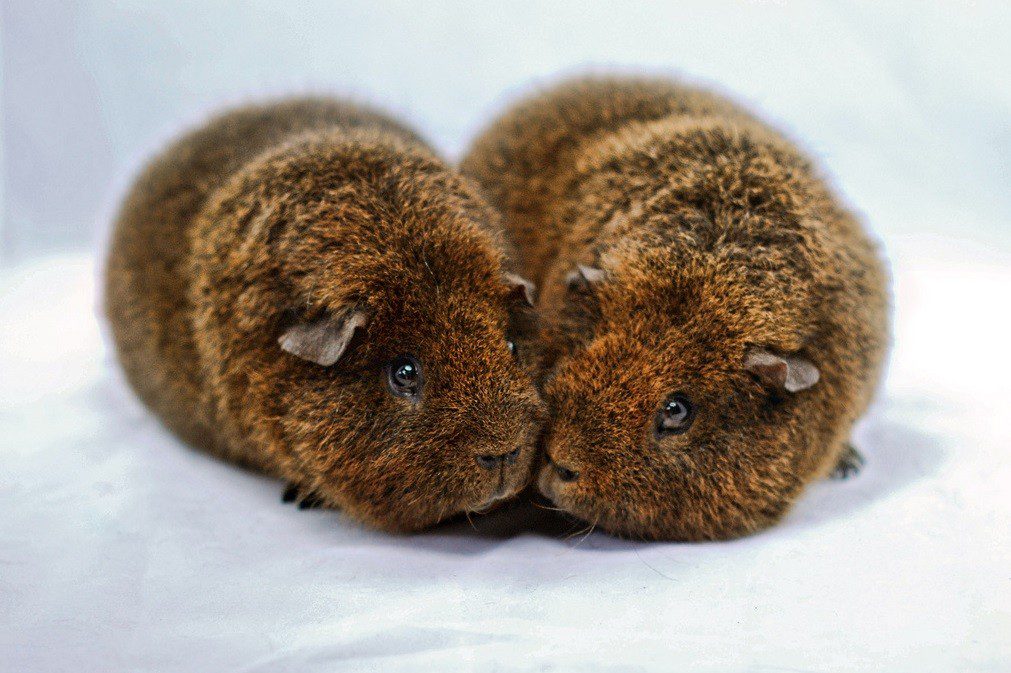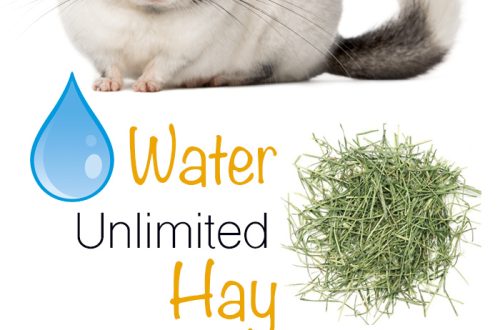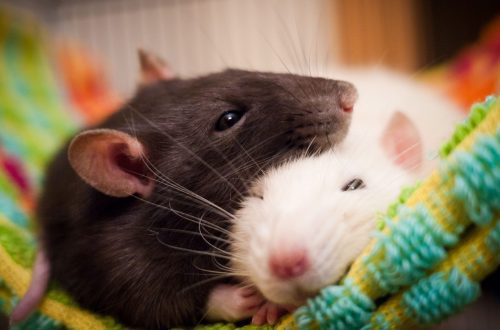
Rex breeding
Rex guinea pigs are not a breed that impatient and ambitious people can get themselves, as well as those who put perfection above all else. You will undoubtedly hear a lot of “specialists” saying about your guinea pigs and almost all of them will be wrong. I’ve managed to get about 300 Rex babies and I’m still fascinated by how difficult it is to get a high quality pig. You will need a huge number of individual cells, as well as a huge supply of patience and optimism – some unsightly teenagers reach perfection only at the age of two!
Rex guinea pigs are not a breed that impatient and ambitious people can get themselves, as well as those who put perfection above all else. You will undoubtedly hear a lot of “specialists” saying about your guinea pigs and almost all of them will be wrong. I’ve managed to get about 300 Rex babies and I’m still fascinated by how difficult it is to get a high quality pig. You will need a huge number of individual cells, as well as a huge supply of patience and optimism – some unsightly teenagers reach perfection only at the age of two!

Contents
What is the perfect rex?
The ideal Rex is a large, strong-bodied pig of a pleasant type, with correct ears, etc. But don’t get hung up on the type, and don’t pay the slightest attention to the color, because this sometimes causes beginners to sell their most promising cubs at an early age.
What is most important is WOOL. This is the breed that was created for this. Unfortunately, all too often judges forget this. The coat should be rough, thick and springy in adult animals and should stand completely on the entire surface of the body, and on the stomach and on the hind legs it should be curly.
Such an ideal coat is relatively rare and only in fully formed adult pigs older than one and a half years. My gilts don’t reach their full form until they’re three years old. None of the breeds has such a variety of periods in the development of mumps and you need to be a very, very knowledgeable specialist in order to boldly talk about any shortcomings in the coat. Many of them are related only to how the pig lies or where it scratches.
The ideal Rex is a large, strong-bodied pig of a pleasant type, with correct ears, etc. But don’t get hung up on the type, and don’t pay the slightest attention to the color, because this sometimes causes beginners to sell their most promising cubs at an early age.
What is most important is WOOL. This is the breed that was created for this. Unfortunately, all too often judges forget this. The coat should be rough, thick and springy in adult animals and should stand completely on the entire surface of the body, and on the stomach and on the hind legs it should be curly.
Such an ideal coat is relatively rare and only in fully formed adult pigs older than one and a half years. My gilts don’t reach their full form until they’re three years old. None of the breeds has such a variety of periods in the development of mumps and you need to be a very, very knowledgeable specialist in order to boldly talk about any shortcomings in the coat. Many of them are related only to how the pig lies or where it scratches.
Common hair problems
At different ages, six in Rex has different characteristics:
From birth to 12 weeks. They all look like little champions, covered in slightly wavy baby fur. Be careful! Those babies who at this age look like perfect adult pigs and have a harsh, very curly coat, when they grow up, will have a soft and excessively long coat.
12 to 20 weeks. Real hair begins to appear on the shoulders, but it can look very unsmart, and usually does not stand, but lies. It is at this moment that the owners begin to sell such ugly ducklings, not hoping that something worthwhile will come out of them. Prospective gilts up to five months old look exactly like this, they develop unevenly and very often have areas with such different coat textures. Don’t sell them!
Five to ten months. If you’ve stayed true to your ugly ducklings, you’ll find that the hair on the shoulders improves noticeably, but the flanks still lie flat, but the texture and density of the coat can already be appreciated. The really smooth coat on the back and belly can already be identified.
Ten to fifteen months. Slowly but surely, the hair on the sides and rump begins to rise.
Fifteen months to three years. Maturity, and the coat looks its best. Those stiff guard hairs that show through on selfies and that will definitely lower their rating are exactly what Rex breeders are praying for.
The most obvious sign that your guinea pig has the wrong coat is a smooth belly, but don’t let that bother you while your guinea pig is still a baby. A badly lying coat is difficult not to pass on to offspring, this defect is well inherited, but do not focus your attention only on this. If your guinea pig has good coat density, texture and curliness, then your efforts should not be in vain! Very often, on the sides of the pig, just below the elbows, there are areas where the hair forms a light wave, and the judges are very severely punished for this shortcoming, although in my opinion this should not be done – this is exactly the area on the body where the pig can most easily reach paw and scratch, and thereby provoke additional hair growth. And such a shortcoming only indicates that the pig was not prepared before the exhibition in the appropriate way.
At different ages, six in Rex has different characteristics:
From birth to 12 weeks. They all look like little champions, covered in slightly wavy baby fur. Be careful! Those babies who at this age look like perfect adult pigs and have a harsh, very curly coat, when they grow up, will have a soft and excessively long coat.
12 to 20 weeks. Real hair begins to appear on the shoulders, but it can look very unsmart, and usually does not stand, but lies. It is at this moment that the owners begin to sell such ugly ducklings, not hoping that something worthwhile will come out of them. Prospective gilts up to five months old look exactly like this, they develop unevenly and very often have areas with such different coat textures. Don’t sell them!
Five to ten months. If you’ve stayed true to your ugly ducklings, you’ll find that the hair on the shoulders improves noticeably, but the flanks still lie flat, but the texture and density of the coat can already be appreciated. The really smooth coat on the back and belly can already be identified.
Ten to fifteen months. Slowly but surely, the hair on the sides and rump begins to rise.
Fifteen months to three years. Maturity, and the coat looks its best. Those stiff guard hairs that show through on selfies and that will definitely lower their rating are exactly what Rex breeders are praying for.
The most obvious sign that your guinea pig has the wrong coat is a smooth belly, but don’t let that bother you while your guinea pig is still a baby. A badly lying coat is difficult not to pass on to offspring, this defect is well inherited, but do not focus your attention only on this. If your guinea pig has good coat density, texture and curliness, then your efforts should not be in vain! Very often, on the sides of the pig, just below the elbows, there are areas where the hair forms a light wave, and the judges are very severely punished for this shortcoming, although in my opinion this should not be done – this is exactly the area on the body where the pig can most easily reach paw and scratch, and thereby provoke additional hair growth. And such a shortcoming only indicates that the pig was not prepared before the exhibition in the appropriate way.
Difficulties in care and preparation for exhibitions
If your Rex scratches or gnaws at the coat, then it becomes a real disaster for the gilt show, as it creates obvious, easily visible imperfections in the coat. Very often, guinea pigs with particularly hard coats tend to have skin problems, as it is dry and dandruff can appear, so after washing it is better to dry the guinea pig by wrapping it in a towel than to dry it with a regular hair dryer. You need to carefully rub the hair over and against the coat to dry it faster.
Rex hair is a real trap for all kinds of garbage, they are much more prone to this than other breeds, and if the pig is not constantly kept clean, skin and health problems will immediately make themselves felt. And if the coat is broken, it will take months to restore it.
If your Rex scratches or gnaws at the coat, then it becomes a real disaster for the gilt show, as it creates obvious, easily visible imperfections in the coat. Very often, guinea pigs with particularly hard coats tend to have skin problems, as it is dry and dandruff can appear, so after washing it is better to dry the guinea pig by wrapping it in a towel than to dry it with a regular hair dryer. You need to carefully rub the hair over and against the coat to dry it faster.
Rex hair is a real trap for all kinds of garbage, they are much more prone to this than other breeds, and if the pig is not constantly kept clean, skin and health problems will immediately make themselves felt. And if the coat is broken, it will take months to restore it.
Crossbreeding Rex with other breeds
There are different views on this:
- You can not do this, it entails violations of the coat.
- You can do this, otherwise you will lose just such a coat, constantly crossing rex with rex.
- I’m not sure what can actually make such a cross, but in any case, only very good Rex should be used in breeding, and gilts should be selected very carefully for breeding work.
- This is very important for improving breed type, color, health, etc.
Attention! The author sticks to only the third and fourth remarks, while the first two have too many concrete examples both for and against it.
There are different views on this:
- You can not do this, it entails violations of the coat.
- You can do this, otherwise you will lose just such a coat, constantly crossing rex with rex.
- I’m not sure what can actually make such a cross, but in any case, only very good Rex should be used in breeding, and gilts should be selected very carefully for breeding work.
- This is very important for improving breed type, color, health, etc.
Attention! The author sticks to only the third and fourth remarks, while the first two have too many concrete examples both for and against it.
Conclusion
So, in conclusion, what is the main advice I can give? If you need to sell cubs under five months old, you must remember that there may very well be extremely promising cubs among them, and you can get rid of a whole generation of breed improvers in one fell swoop. Hold them to make a final judgment for at least eight months. The worst in maturity can become the best. Very attractive-looking four-week-old cubs with a harsh, curly coat will have an elongated, soft, fluffy, ill-lying coat within a few months. They will make their career in the baby class and then lose all their dignity and never become winners again. Look for gilts with short, dense coat textures and curly bellies, then sit back and wait. And then remember: a real perfect Rex is a rarity, and soft, ill-lying coat, waves on the shoulders, etc. it will all be with you. If you want to tackle the Rex, remember that you must have plenty of free individual cages!
© Translation by Alexandra Belousova
So, in conclusion, what is the main advice I can give? If you need to sell cubs under five months old, you must remember that there may very well be extremely promising cubs among them, and you can get rid of a whole generation of breed improvers in one fell swoop. Hold them to make a final judgment for at least eight months. The worst in maturity can become the best. Very attractive-looking four-week-old cubs with a harsh, curly coat will have an elongated, soft, fluffy, ill-lying coat within a few months. They will make their career in the baby class and then lose all their dignity and never become winners again. Look for gilts with short, dense coat textures and curly bellies, then sit back and wait. And then remember: a real perfect Rex is a rarity, and soft, ill-lying coat, waves on the shoulders, etc. it will all be with you. If you want to tackle the Rex, remember that you must have plenty of free individual cages!
© Translation by Alexandra Belousova





